16 Dec Chandrika Sahay

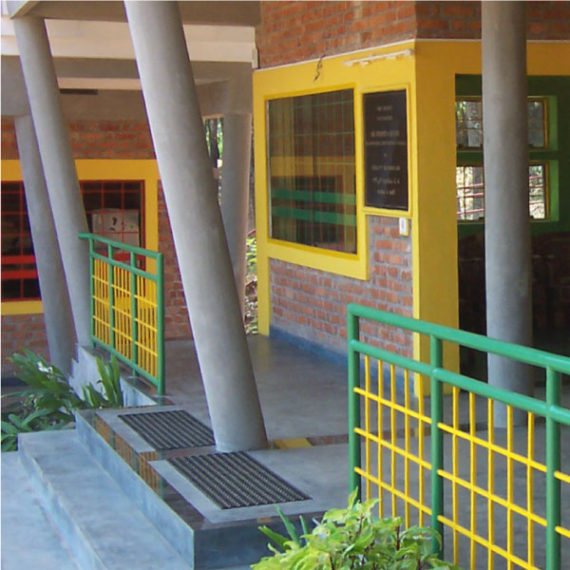
That experience triggered a question – what are the patterns of the world? Unhindered nature, or more man-made constructs and traditions?
As an architect, I believe I am here to serve our community. We are mere temporary residents on this permanent planet. Generations that lived before us influenced our present, while we will continue to influence generations of the future. We communicate with our past, our future, through the means available to us – stone, brick, paper, paint.

We communicate with our planet. While our world continues to morph and perpetually grow our sense of community is what threads all of us together through time. I believe my role is to nurture this community we live in, to maintain the connection through time, with the tools of technology available to us.
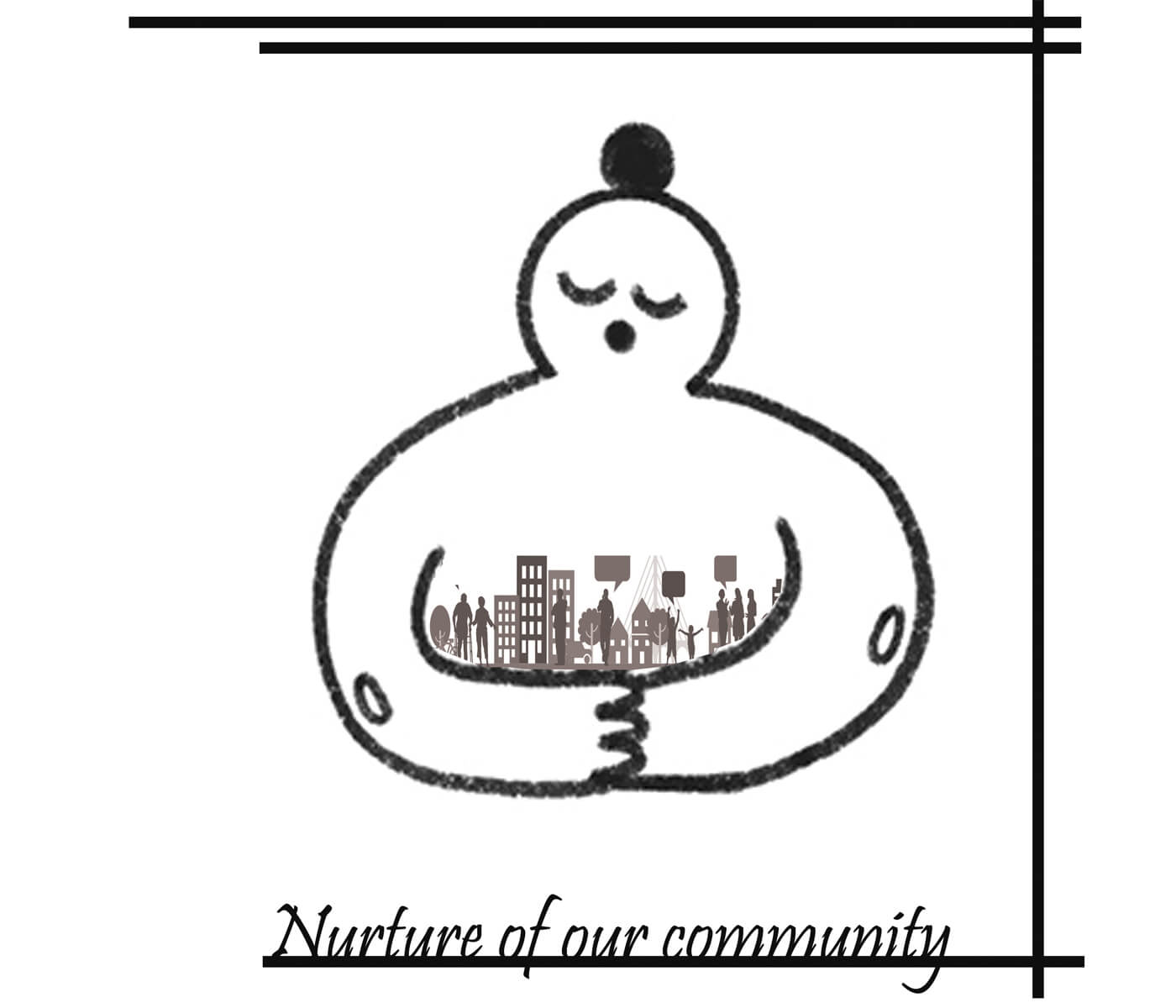
Auroville in Pondicherry played a strong influence in crafting my sense of community. While staying there, I saw how common functional problems could be solved by simple yet out-of-the-box solutions. Bathrooms with no roof and no doors, inspired by the openness of nature itself, was a form that solved for a function. A form that didn’t disrupt the roots to the nature surrounding it, and instead worked to further a connection with nature. In essence, a sustainable design can use the patterns of the world we already exist in to perpetuate the longevity of our community.
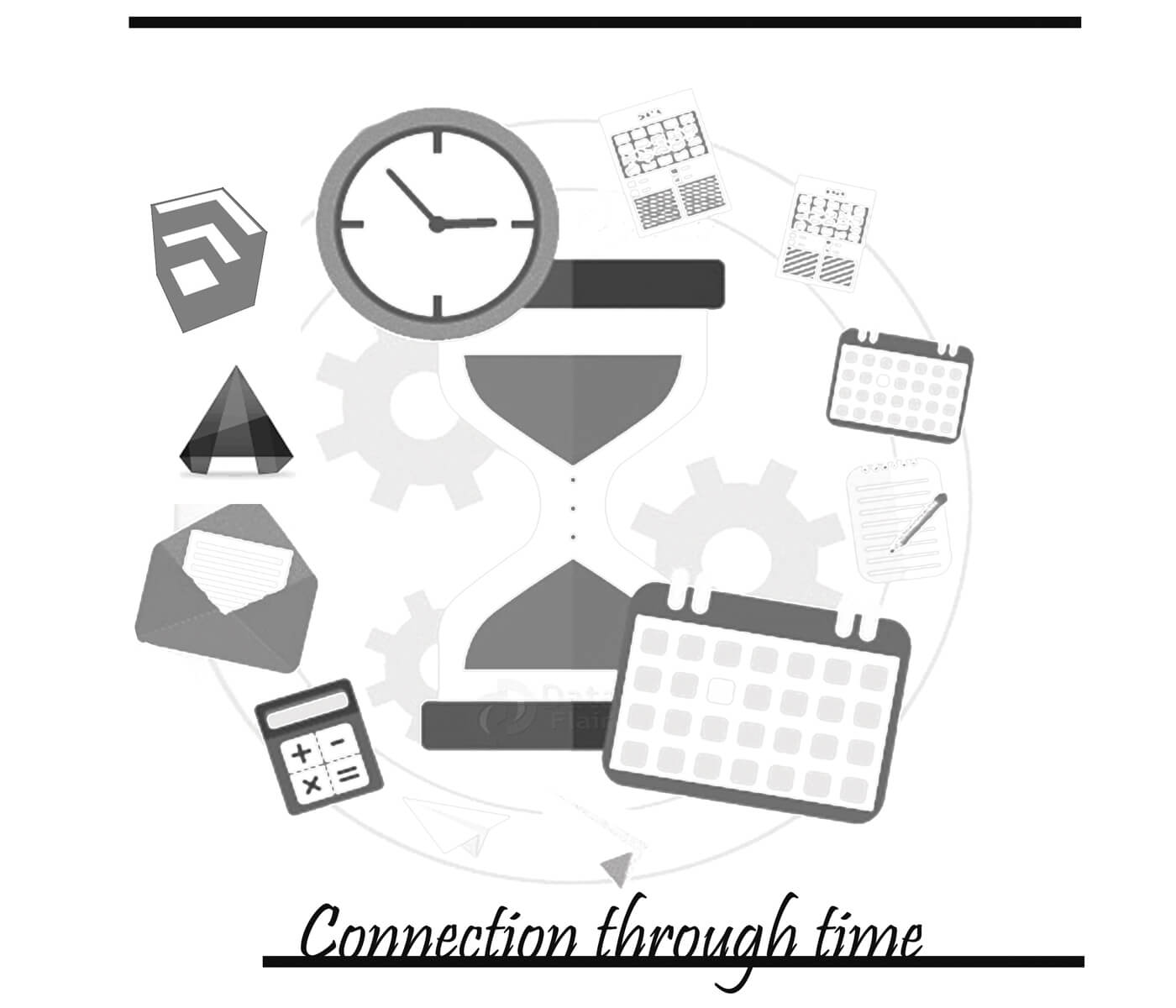
That experience triggered a question – what are the patterns of the world? Unhindered nature, or more man-made constructs and traditions? My visit to the Arab World Institute in Paris (Institut du Monde Arabe) expanded my ideals. The architecture transformed already existing patterns of Arab-influenced motifs and artforms into the exterior of the building, creating an aperture to control the sunlight coming in as well as forming interesting silhouettes in the corridor. A space that took a traditional construct and morphed it into a modern technological interpretation. It’s moments like these that I aim to create through my work.
Our role as women are that of natural caretakers and nurturers. My goal as an architect is to extend this philosophy
Genders aren’t created equal. While each gender has a role to play in our community, I believe that our qualities as men and women complement each other to form a stronger whole. Women do this by bringing a unique and distinct perspective, and the inherent friction in this difference from a male perspective creates an environment to collaborate and groom a better vision for our community.
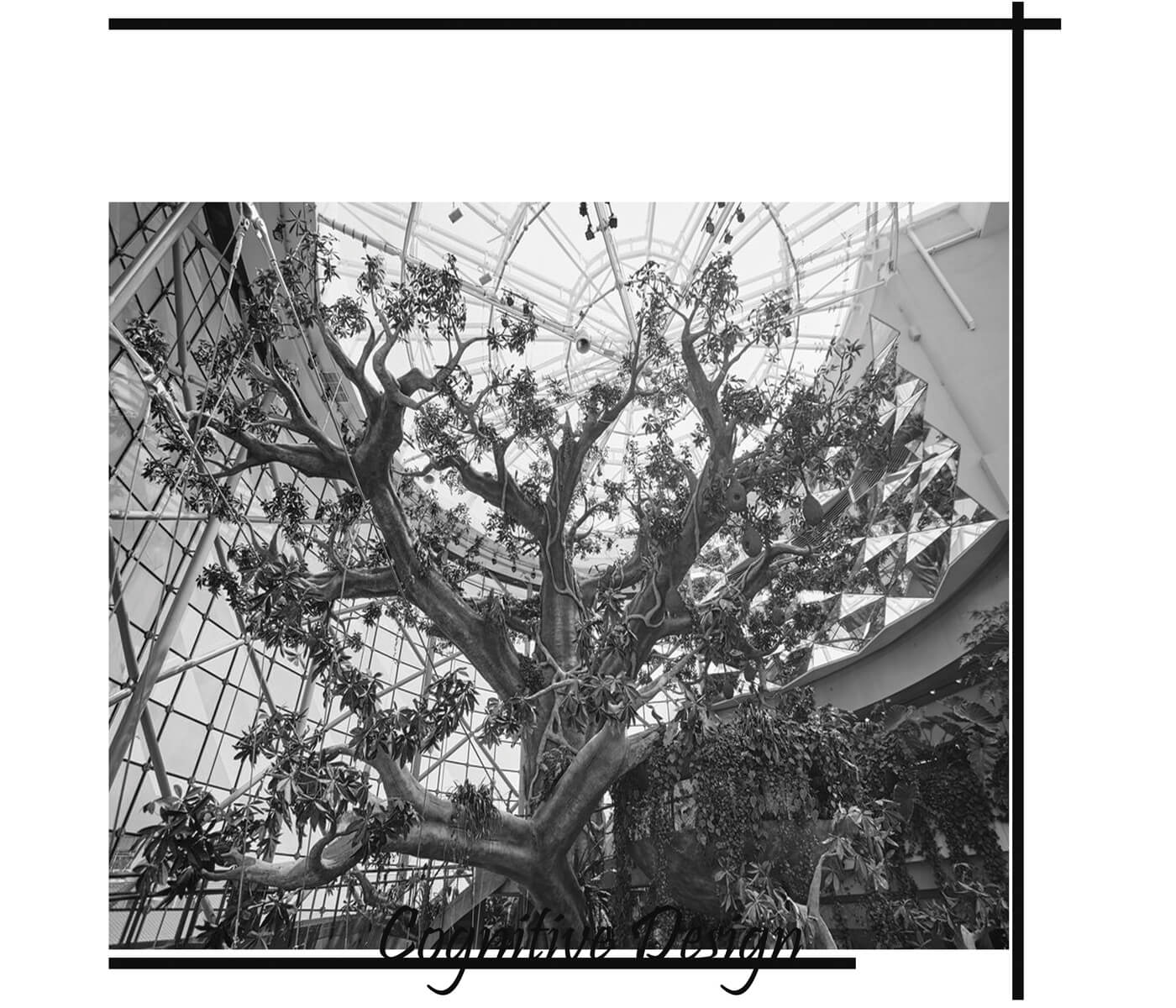
Men and women are composed of competing and complementary forces, as described in the Yin-Yang philosophy, and these forces can shape a malleable idea or concept to better serve all needs./p>
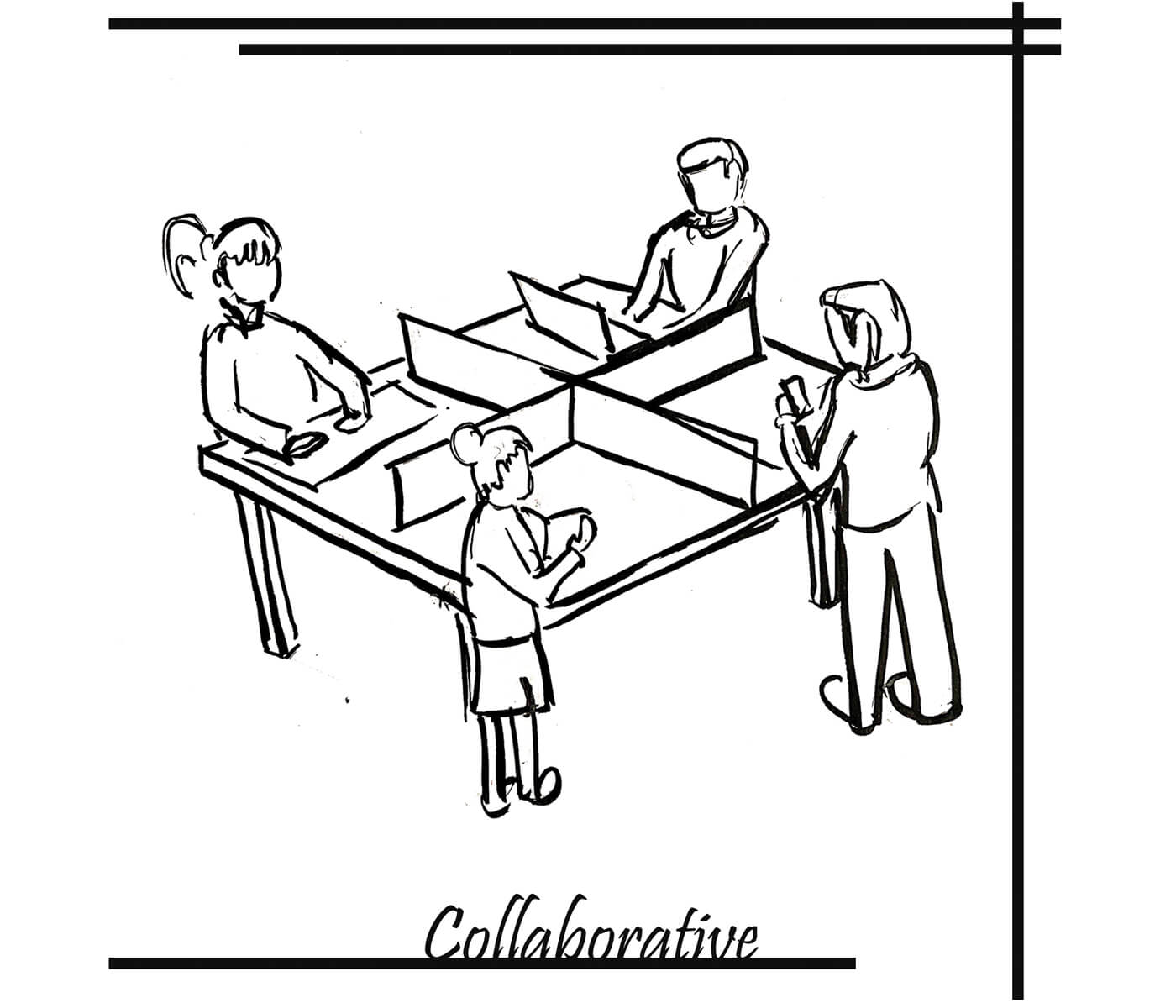
Our role as women are that of natural caretakers and nurturers. My goal as an architect is to extend this philosophy: I am a caretaker of this community and of this planet. I feel empowered with the responsibility of extending the thread of time from the past, the present, to the future. I aim to leave behind a litany of projects – homes, offices, businesses, factories – that complement our world, collaborate with other spaces, yet spark an engagement for our future generations.

While working with my clients, I bring myself to the table – and with it empathy, kindness, and a willingness to collaborate. I reiterate with my clients: a project can only exist to serve a reason, a vision. To craft a vision needs empathy, to understand the challenges that clients face, to navigate their space and absorb the context and culture they live in. This is important as the spaces we design influence our client’s wellbeing and overall quality of life. Kindness helps navigate the challenges we architects face – be it finding the right engineering solution, grooming the right team, or collaborating with the right partners. It’s this collaborative spirit that has helped me craft my own path. Meraki Dezine is not named after me. All my employees bring their perspective to the table, and this company is as much theirs as it is mine. Our solution-driven approach to design rests on a collaborative structure across all team members, resulting in solutions that we all as a team feel proud of.
Therein lies my responsibility. As a nurturer, I want to ensure that my projects reflect my priorities, my commitment to my community and the world we were born into.
Architecture is a profession where our art truly stands the test of time. Over centuries, a lot has changed in this profession – from building materials, construction tools and labour, to engineering expertise and digitization. However, the influence of architecture has never wavered. Buildings centuries old still communicate how cultures grew and expanded, intermixed and traded. Modern buildings interpret the same – expanding how we view our community in an increasingly globalized world. These structures live to tell stories well past our generation, of what we value, what we cherish, the challenges we face and how we orient our spaces around us to reflect the priorities of today.

Therein lies my responsibility. As a nurturer, I want to ensure that my projects reflect my priorities, my commitment to my community and the world we were born into. Living and working in Oman instilled a deep appreciation of design that reflects the beauty of the place. While we have greater access to designs and solutions from across the world, I believe that the history and uniqueness of local constructs solves for local needs better. Omanis cherished their heritage and wanted to construct buildings that would complement their landscape. Spaces that build upon the local environment are more inviting, comforting, and provide a better quality of life.
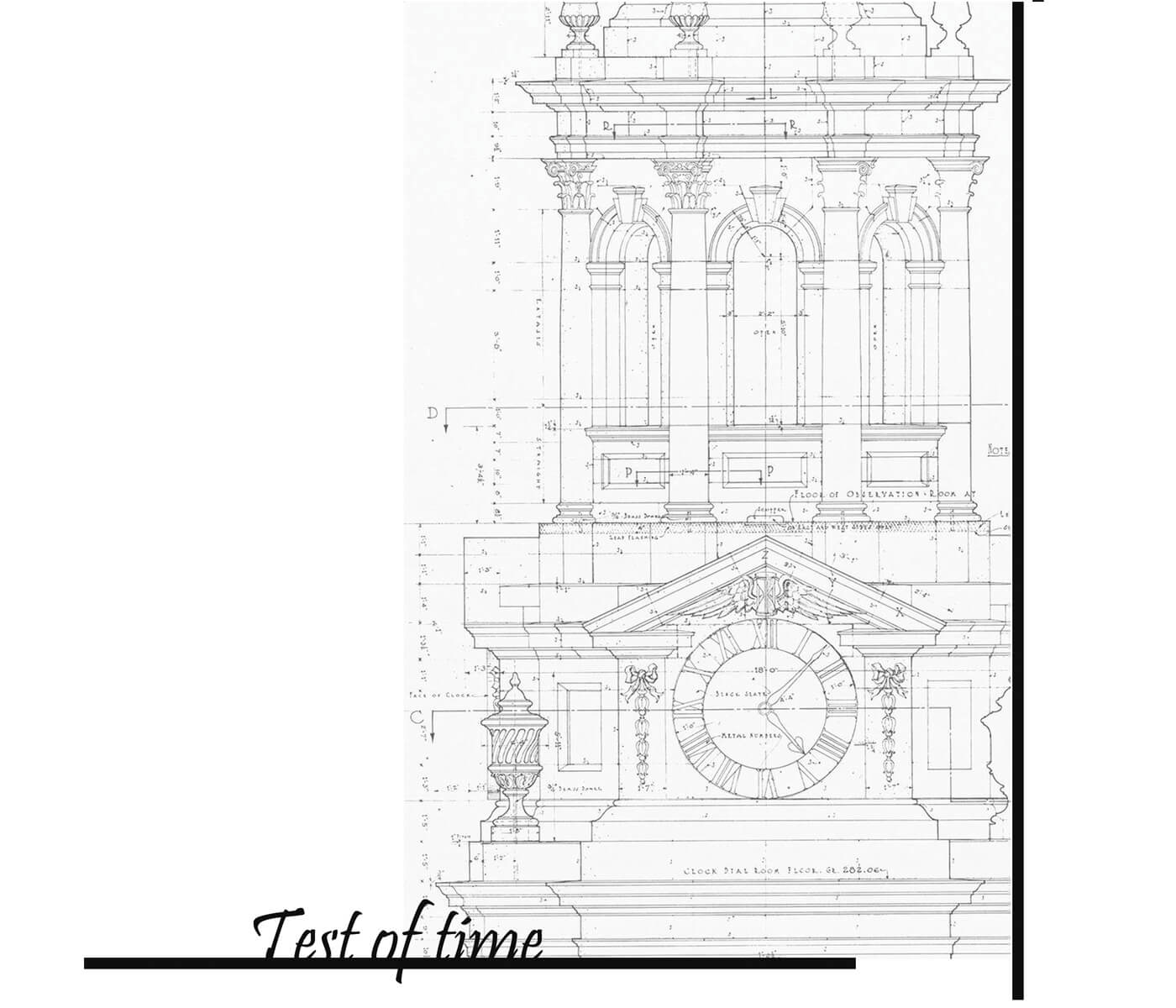
My goal is to revitalize the importance of local in glocal. In fact, back in India, generations ago we used limestone and indigo as a construction material for its cooling and mosquito-repellent properties. However, we’ve lost this artform as we moved towards other, more global, construction materials.
I see this trend everywhere in my industry, but I’m willing to invest my career in providing a counter-balance, in adapting local materials, processes, and knowledge into buildings that better complement our world. For me, this is how I want to achieve sustainability in the legacy that I leave behind.
Chandrika Sahay
THEME
Architecture and Practice
DESIGN FIELD
Architecture and Practice
LOCATION
GURGAON, HARYANA
India
STUDIO NAME
Meraki Dezine
ABOUT
Chandrika was brought up in Delhi and then moved to Baroda for the Bachelors in Architecture from M.S.University. After graduating she worked at Urbane and SNK.
After gaining crucial experience and expertise as an architect, she then decided it was time to start her own company. She hoped to bring something of her own, her passion for traditional Indian architecture and sustainable design, into her work.
She started her own company 2008 in Muscat, Oman, naming it Meraki Dezine. In Greek, Meraki means the soul, creativity, or love you put into something; the essence of yourself that is put into your work.
Putting her knowledge and skills to practice, she began designing high-end homes and villas, as well as retail and hospitality establishments. Having had international exposure and having seen how an architecture firm works, Chandrika is able to direct all aspects of design, strategy, and quality. She manages all operations, including project management and client service.
Chandrika started out small, but rapidly garnered both national and international acclaim. She was featured in The Muscat Daily in 2014 for her work on The Oman Heritage Gallery, and featured in several luxury and lifestyle magazines from the Gulf for designing The Indus, a fine dining Indian restaurant located in The Royal Opera House, Oman’s premier venue for music, arts, and culture. She received acclaim for elegantly bringing together both Omani and Indian styles and customs, while keeping the design contemporary.
In 2016, she expanded her company, bringing it back home to India. She set up an office in Gurgaon, and since then she has worked on a variety of projects across India, ranging from high-end restaurants and houses, to schools, corporate offices, luxury retail stores, and hospitals. Now, Chandrika leads a team of ten plus brilliant and passionate architects.
Several of her projects have been featured in newspapers and magazines, and have received acclaim and awards. The Hook, a restaurant and bar in sector 29, was featured in The Gurgaon Times and The Delhi Times for its striking Mediterranean design.
The Mahajan Imaging Center in Gurgaon was featured in The Hindustan Times for its unique design which used colour and natural design, stepping away from the usual white, pallid manner in which a hospital is designed. The clients were so pleased with the beautiful design and its ability to calm the nerves of anxious patients, that they commissioned three more imaging centres to be designed by her in Pusa, Bali Nagar, and SDA.
The interiors of Forte Grand Pub and restaurant were featured in The Hindustan Times. Her work has also been published in the 100th issue of Pool Magazine, Surface Reporter, Signature Oman, and Y Magazine (Oman).
She has shared her views on design and architecture on The Pool Show, Wade Asia, Kunskapsskolan, The Talk of Town, and ISDI.
In 2019, Chandrika and Meraki Dezine are growing from strength to strength and taking on an even larger variety of projects. Each one is given a unique Meraki twist, making it striking and beautiful in its own way.


